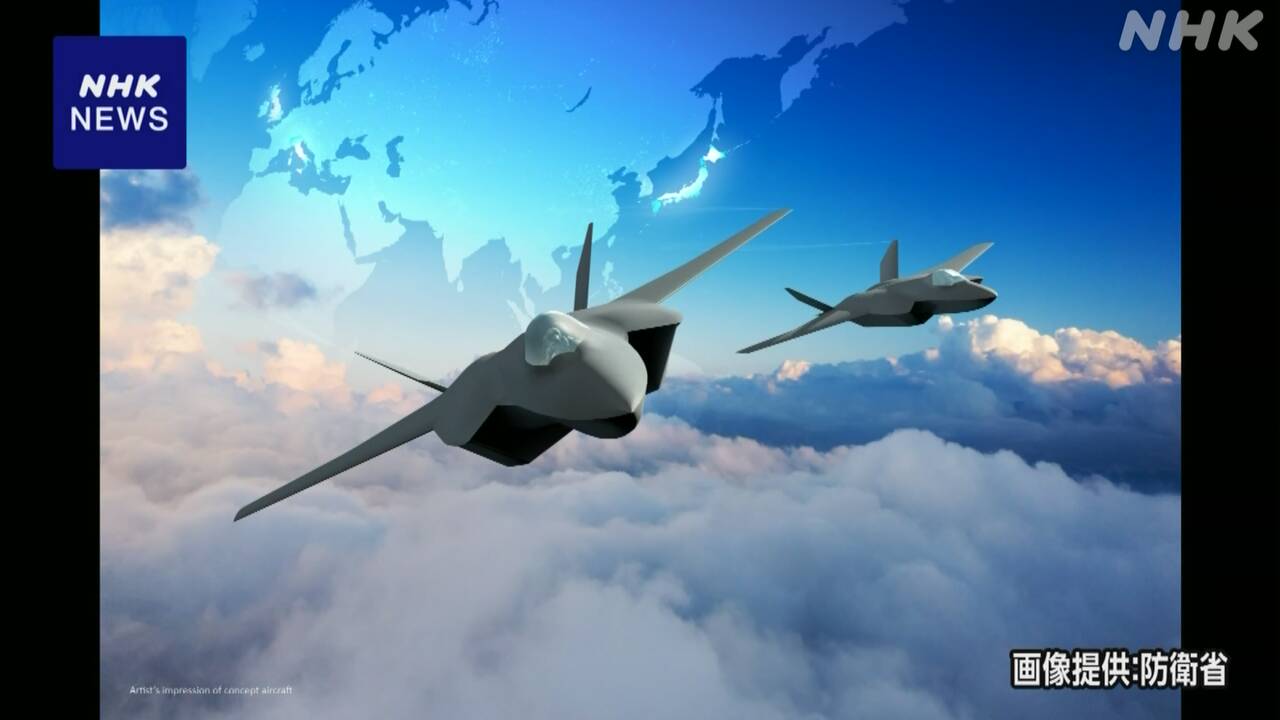The government has decided to allow the export of the next generation fighter jet, which is being jointly developed with the UK and Italy, to third countries. When it comes to actually exporting, the cabinet decides on each individual issue so that the ruling parties can discuss it, and they also prohibit exporting to countries where fighting is taking place.
At a cabinet meeting on the 26th, the government announced a policy of allowing the export of the next generation fighter aircraft, which is being jointly developed with the UK and Italy, to third countries with restrictions in place, based on an agreement between the Liberal Democratic Party and the New Komeito Party. Decided.
In this document, ``In order to realize fighter jets that meet the performance requirements for Japan's security environment and to ensure that they do not impede Japan's defense, it is necessary to have a mechanism that allows them to be transferred to third countries.'' "We have come to the realization that this is the case," and will allow export to third countries.
On the other hand, in order to ensure that the ruling party consults when actually exporting products, in addition to regular deliberations, decisions will be made on each individual item at a Cabinet meeting.
In addition, in response to the cabinet decision on the 26th, the government held a rotating cabinet meeting of the National Security Council (NSC) to revise the operational guidelines for the ``Three Principles on Transfer of Defense Equipment,'' which establishes export rules for defense equipment.
While this will allow exports to third countries, it will limit exports to next-generation fighter jets, limit exports to countries with which Japan has agreements regarding the export of defense equipment, etc., and restrict exports to countries with which Japan has agreements regarding export of defense equipment. We do not plan to export to countries where there are

